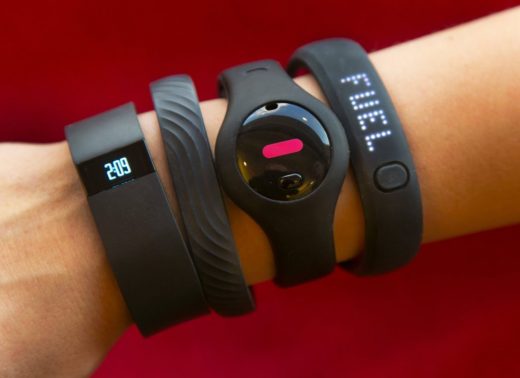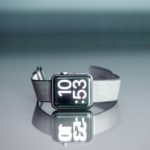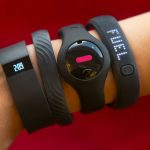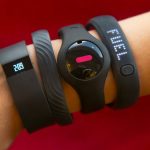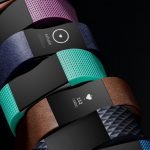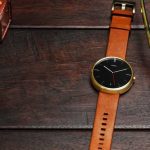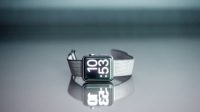Consumers want to work out with — not for — their wearables
Consumers want to work out with — not for — their wearables
Most wearables come with some form of fitness and health tracking, some make it the primary reason to purchase the device. Fitbit, Jawbone, and Garmin have sold millions of devices to health conscious consumers, but after a few months, a good chunk of these devices can be found gathering dust in cupboards or on eBay for a fraction of the price.
To reduce the chances of dust gathering, a new study suggests wearable suppliers should add automated health tracking to their wearable and make the data available online.
See Also: Taking a look back at the world of wearables in 2016
The study, conducted by Walgreens and Scripps Translational Science Institute, found that a user will stick to a health program for four times longer if the wearable automatically tracks data and saves it online.
Researchers looked at tracking data—including exercise, sleep, blood pressure and blood glucose—from 450,000 participants to figure out the differences between manual and automatic health tracking.
Auto-tracking means less to do
Auto-tracking provides users with less to do and higher accuracy, but it may not go far enough. Users still need to manually start and stop timers for certain exercises, like rowing and treadmill running, which they may forget to do from time to time.
That can lead to users becoming disillusioned with their health program, if they are forced to manually update records, which may be inaccurate and not display correct data.
Wearable suppliers are getting better at tracking exercises and have nailed tracking sleep, but blood pressure and blood glucose levels are still uncharted territory for most suppliers. We might see that change in the next few years, as wearables try to enter into the highly regulated health market.
The post Consumers want to work out with — not for — their wearables appeared first on ReadWrite.
(10)

